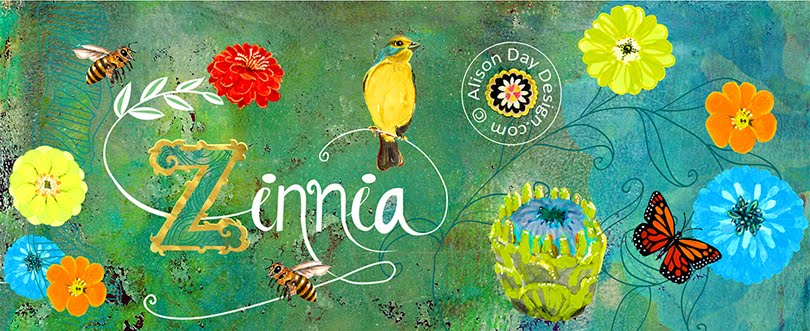I
had absolutely no qualms about leaving behind what must have been one of the
wettest Augusts on record for a two-week holiday on the island of Crete in
Greece.
My
friends Kate and Luc, who emigrated there a couple of years ago, picked me up
at the hot and chaotic airport of Heraklion and we sped off in their jeep in a
westerly direction to Rethymnon, situated on the northern coast of the
island—cans of ice-cold beer in hand.
It’s
fifteen years since my last visit to Crete, and
of course during this time there has been a lot of change and restoration. As a
tourist attraction Rethymnon manages to cater for the wishes of its
visitors without compromising its customs and traditions. The old town of
Rethymnon for example, has still retained its charm, with the local butchers,
bakers, and corner shop all still in existence. This is no mean feat in a day
and age of the larger supermarket and mass production breathing down their
necks.
Historically, Crete and
particularly Rethymnon has a broad history dating back as far as the Neolithic
period. Modern day Crete only became part of Greece as
late as 1913, and its inhabitants played a very important part, during the
Second World War, in thwarting the Nazi occupation. Rethymnon boasts a Venetian
Fortezza, which is well worth a look and gives a magnificent view of Rethymnon
and the surrounding area. Within its walls it has a small church and a mosque
dating back to 1645.
The south coast of the island is
easily accessed by moped, motorbike or car. Driving through the mountainous
regions on the way is more than impressive. The roads twist over and around
dry, orangey coloured rocky hills, daubed with green vegetation, which has
managed to escape the heat so far; through gorges with sheer rock faces on
either side. Village signs are shot full of holes in celebration of the birth
of a child or just for sport. Locals sit in the shade on wooden chairs
discussing life and the universe; the men often stripped down to their vests in
an attempt to keep cool. Every bend in the road with an alarming drop
seems to have a shrine in memory of someone who managed to misjudge it.

From
the small southern town of Plakias, one
can stock up with whatever supplies are needed before heading off round the bay
to a smaller cosier beach. My personal favourite is Shinaria, whose beach is
small stones instead of sand. Here the water is crystal clear and good for
snorkeling. A little way off from the beach is a whitewashed restaurant with
heavenly food. Forget looking at the menu and just ask the owner what he’s
prepared today. It’ll be chicken, lamb or rabbit in a delicious wine sauce with
chips; accompanied by the local wine and a parting obligatory shot of the local
firewater—raki, which will leave you giggling on the beach in the late
afternoon sun.
For
the more intrepid visitor to Crete,
there is always the Samarian Gorge, situated near the southern-west coast of
the island. It is said to be Europe’s
longest gorge and two million years in the making. This impressive and
strenuous hike takes the walker about six hours, starting early in the morning,
and covers a distance of eleven miles. The last part of the hike is along the rocky,
river bottom through the “Portes”, (the
gates) of the Samarian Gorge ending at the small town of Agia
Roumeli. Here
it is possible to eat and swim before heading out by ferry again.
Part
of the beauty of the Greek lifestyle is that the pace of life is slower,
allowing one to stop and stare. Whether lying on a beach, or a rooftop gazing
at the stars, or eating out at one’s leisure with friends. Cretan food has
become a gateway to the East, with its inclusion of Far Eastern influences, and
has led to a wider variety in the Greek kitchen. Mezzes, a traditional dish,
comprises of a lot of little plates of food (like tapas), hot and cold, meat,
fish and vegetarian can all be enjoyed with absolutely no rush at one sitting.
As with most places in the world there
is also an expatriate presence on Crete,
who meets regularly for coffee mornings and lunches in small tavernas by the
sea. There is the CIC (Cretan International Community of Chania) in Chania and
the Rethymnon group, whose members I found to be very open and friendly.
© Alison Day
First published in
the Connections magazine #13
Autumn 2006












